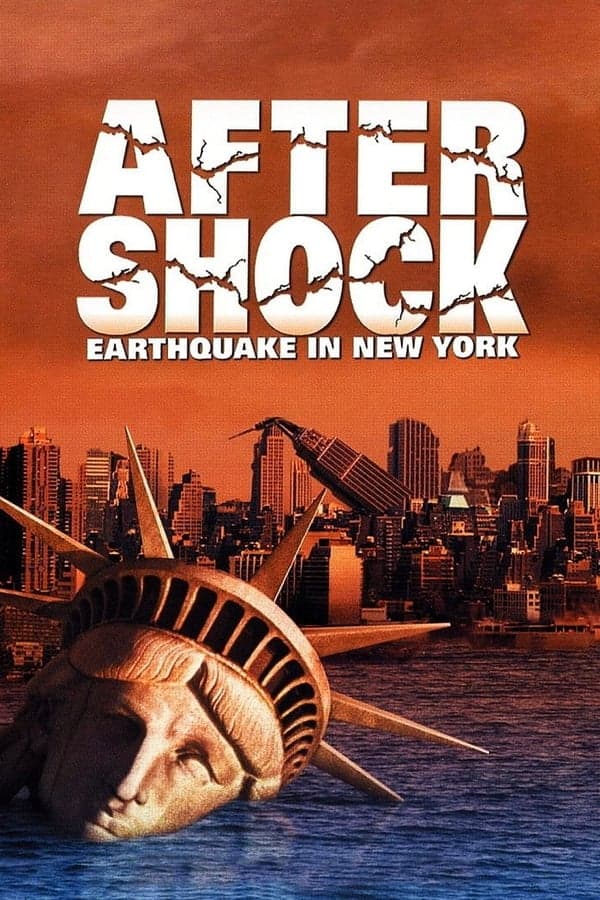
Aftershock: Earthquake in New York
1999 • Action & Adventure, Drama • NR
Without warning, an earthquake rips through the "City That Never Sleeps," turning it into a vulnerable state of chaos: skyscrapers topple, subways are buried in the rubble, countless lives are lost and loved ones are torn apart. As turmoil reigns in the screaming streets, Mayor Bruce Lincoln and former Fire Chief Thomas Ahearn race against time to enact a city-wide emergency plan.
Why you should read the novel
If you want a more immersive and impactful experience, reading Chuck Scarborough's novel Aftershock is the best way to explore the intricacies of its story. The book delves into the psychological struggles and growth of characters in a way no screen adaptation can match, offering readers a deeper bond with the individuals caught in crisis. Scarborough's vivid narrative brings New York and its inhabitants to life, giving each moment of tension a profound emotional backdrop that resonates long after you've turned the last page.
Choosing the novel over the TV series also allows you to engage directly with Scarborough's evocative and suspenseful writing style. His ability to capture both the grandeur and horror of a disaster, along with the intimate courage and vulnerability of everyday people, transforms the story into something far more personal and compelling. Readers will appreciate the novel's nuanced take on ethics and leadership in moments of catastrophe—elements often glossed over or simplified in screen adaptations.
Finally, with the detail and freedom only literature provides, Aftershock welcomes you to imagine, reflect, and envision the magnitude of such a disaster. It offers an experience of the story that is rich, expansive, and emotionally resonant, giving you not just a disaster thriller, but a thoughtful meditation on humanity’s response to the unimaginable.
Adaptation differences
One major difference between the television adaptation and Chuck Scarborough’s novel Aftershock lies in their scope and focus. The book dedicates significant space to developing its ensemble cast, providing backstories, inner monologues, and complex relationships that the series often abbreviates or omits due to time constraints. This fuller characterization invites readers to understand motivations and conflicts on a deeper, more personal level, while the show typically relies on visual shorthand and condensed dialogue.
Another important divergence is the treatment of the disaster itself. In Scarborough’s novel, the physical and social devastation caused by the earthquake receives thorough, almost journalistic attention, describing not just immediate damage but also the ripple effects throughout the city’s infrastructure and psyche. The series, by contrast, is compelled by budget and format to focus on select, dramatic set-piece scenes. As a result, some of the novel’s tension and realism are lost in translation to the screen.
The themes and pacing also differ notably. The novel takes time to explore ethical dilemmas, political considerations, and moral choices as society teeters on the brink of collapse. The TV adaptation, however, places heavier emphasis on action and spectacle, trimming philosophical explorations in favor of a more direct, fast-moving plot. This change makes the series more immediately exciting, but at the expense of the book’s nuanced exploration of catastrophe’s aftermath.
Finally, certain plotlines and characters are significantly altered or excised in the adaptation. Secondary characters who play pivotal roles in the novel are either merged, greatly reduced, or left out altogether. The series also sometimes simplifies or alters key events to fit a television format, resulting in a narrative that, while engaging, can miss the depth and resolution present in Scarborough’s original work.
Aftershock: Earthquake in New York inspired from
Aftershock
by Chuck Scarborough